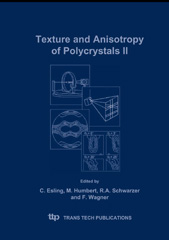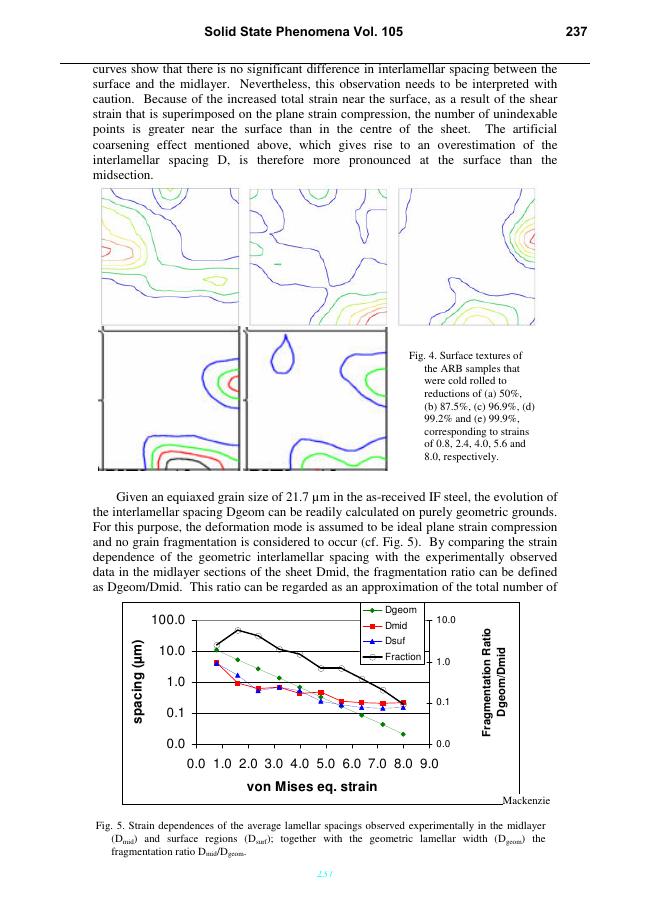2005 - Trans Tech Publications
E-book
Digital Version
Download | Copy/paste | Printing
Texture and Anisotropy of Polycrystals II
486 p.
- Volume is indexed by Thomson Reuters CPCI-S (WoS).Natural, as well as man-made, materials are often assumed to behave uniformly, exhibiting equal strength in all directions, because most of them have a polycrystalline structure. The anisotropy of the individual crystals, however, is smoothed out only in the presence of a large number of grains having a random distribution of orientations. In reality, there usually remains an anisotropy due to the existence of preferred orientations. Its magnitude depends upon the statistical distribution of grain orientations - the "crystallographic texture" or, more simply, the texture. -This governs the extremes, of the physical property of interest, which a single crystal of the material under consideration can exhibit in directional tests. Local variations in texture, as well as the arrangements and types of grain-phase boundaries, may give rise to inhomogeneous material properties. The texture also carries with it information on the history of a material's processing, us
- e and misuse. A knowledge of the texture is a prerequisite for all quantitative techniques of materials characterization, and is based upon the interpretation of diffraction-peak intensities. It is also necessary to model the relationships between microstructural features and physical or mechanical properties. Therefore, the texture is of great value for quality control in a wide range of industrial applications, and in basic materials research. [Publisher's text].
- Special access authorizations may apply; please contact us for further information.
-
Information
ISBN: 9783038130260



